Ideas for large veggies to plant in a large open bed
delaware_daisy
10 years ago
Related Stories

FARM YOUR YARDHow to Build a Raised Bed for Your Veggies and Plants
Whether you’re farming your parking strip or beautifying your backyard, a planting box you make yourself can come in mighty handy
Full Story
BEDROOMS10 Ways to Create a Dressing Area Large or Small
Consider these ideas for carving out space in a corner of your bedroom, bathroom or closet
Full Story
DECORATING GUIDES13 Strategies for Making a Large Room Feel Comfortable
Bigger spaces come with their own layout and decorating challenges. These ideas can help
Full Story
HOUZZ TVHouzz TV: How to Make and Plant a Veggie Box
See how to start edibles from seed, then transfer the seedlings to a box on stilts to make harvesting more fun
Full Story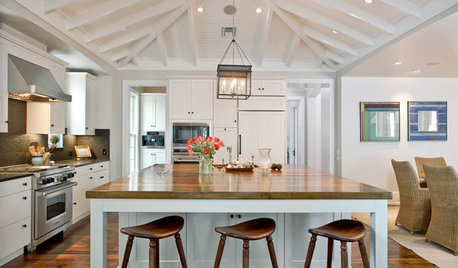
DECORATING GUIDESLiving Large: Take Your Big White Room to the Next Level
Large spaces can be a challenge to decorate. Here are 8 ways to keep yours cozy
Full Story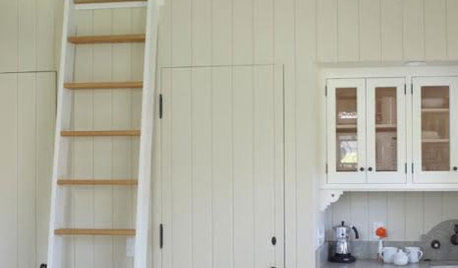
SMALL HOMESEasy Green: 10 Tiny Homes That Live Large
Go ahead, micromanage. These 10 inventive spaces show how to pack a lot of living and style into small square footage
Full Story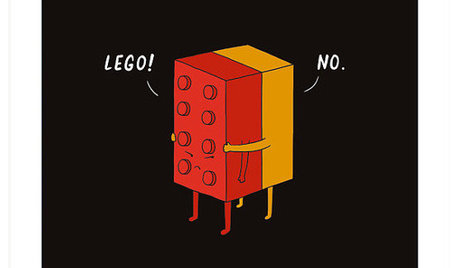
PRODUCT PICKSGuest Picks: Live Large in the Land of Legos
Got a Lego fanatic at home? Kit out his or her room with storage, art and decor inspired these popular building blocks
Full Story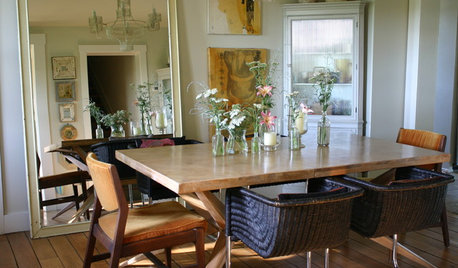
DECORATING GUIDESLarge-Scale Pieces Give Small Rooms Massive Style
Work bigger elements into a diminutive space and watch its design cred grow by leaps and bounds
Full Story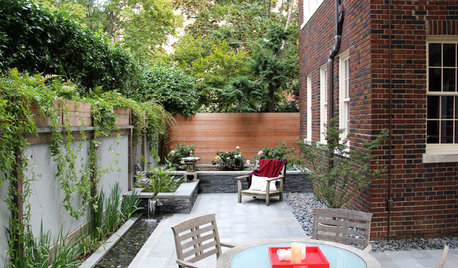
PATIOSPatio Details: Dog Won’t Trample the Plants With This Design
An Asian-inspired backyard redo adds clean lines, a new water feature and a sense of spaciousness — with room for a large beloved dog
Full Story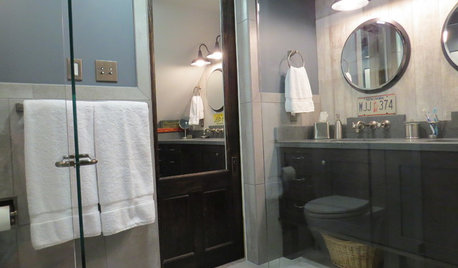
BATHROOM DESIGNSee the Clever Tricks That Opened Up This Master Bathroom
A recessed toilet paper holder and cabinets, diagonal large-format tiles, frameless glass and more helped maximize every inch of the space
Full Story






nc_crn
seysonn
Related Professionals
Londonderry Landscape Architects & Landscape Designers · Reading Landscape Architects & Landscape Designers · Gainesville Landscape Contractors · Barrington Landscape Contractors · Berkley Landscape Contractors · Bethel Park Landscape Contractors · Cambridge Landscape Contractors · Flagstaff Landscape Contractors · Fruit Heights Landscape Contractors · Nashua Landscape Contractors · Old Saybrook Landscape Contractors · Oviedo Landscape Contractors · Waterford Landscape Contractors · Woodbury Landscape Contractors · Greensboro Driveway Installation & Maintenancenc_crn
jctsai8b
floral_uk z.8/9 SW UK
glib
delaware_daisyOriginal Author
Donna
jimster
delaware_daisyOriginal Author
glib
jctsai8b
c6-zr1
NHBabs z4b-5a NH
delaware_daisyOriginal Author
CarloMartin947